Seismological Society of America > News
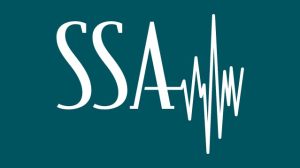
How can SSA best serve your professional needs and continue making advances in the field of seismology? Keep that question in mind as you read the candidate statements below for our 2025 Board of Directors Election. Then be sure to cast your vote! As the governing body for SSA, the Board … Continue Reading »
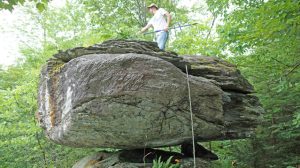
10 September 2024–Five boulders, delivered by glacier and balancing delicately on rocky pedestals in northern New York and Vermont, can help define long-term maximum shaking intensity of earthquakes in the region. Seismologists examine the fragility of precariously balanced rocks, or PBRs, to determine the intensity of shaking would be needed … Continue Reading »
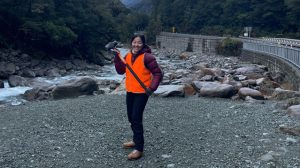
4 September 2024–When Voon Hui Lai came to Australian National University as a postdoc, her department had just acquired a DAS interrogator “and I was basically tasked to make this thing work,” she recalled. “It was my first experience in deploying these really dense seismic sensors.” Distributed acoustic sensing or … Continue Reading »
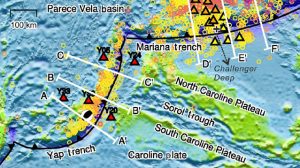
29 August 2024–About 21 million years ago the Yap Trench collided with a thick piece of ocean crust called the Caroline Plateau. But is the Yap Trench still an active subduction zone? And why does the Yap Trench look a little different from its subduction zone neighbors in the western … Continue Reading »
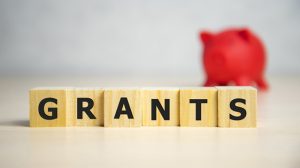
26 August 2024–Open every February and July, SSA’s grant programs remain one of the most important ways that SSA helps develop a skilled workforce of seismologists who will continue to advance earthquake science. Funded by generous donations from our members to the Society’s General Fund, as well as a surplus … Continue Reading »
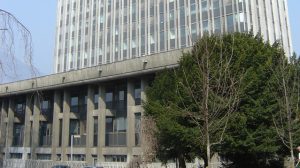
15 August 2024–Data recorded by seismic instrumentation in buildings where ground motion is weak to moderate can help engineers better understand structural responses to earthquakes, according to a new paper published in the Bulletin of the Seismological Society of America. Philippe Guéguen and Ariana Astorga at Université Grenoble Alpes – … Continue Reading »






